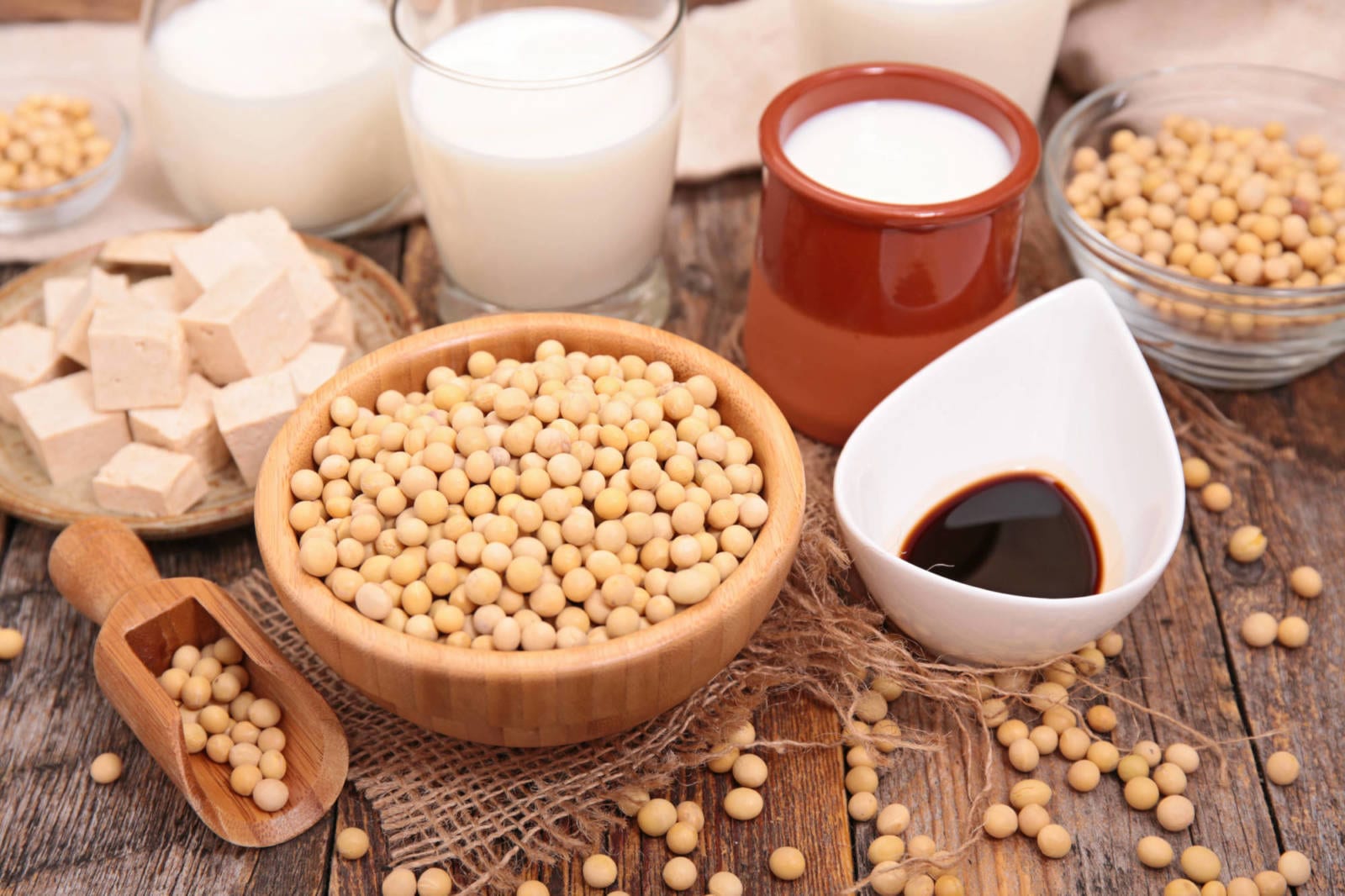With more consumer attention focused on food products that offer quality ingredients, nutrition content and high-quality plant proteins, soyfoods are gaining prominence, as many new products attest.
“Plant products should be sold and positioned on their major strengths: taste, culinary curiosity, health, and often lower-cost taste,” says A. Elizabeth Sloan, President of Sloan Trends. The Escondido, California-based firm tracks consumer food and beverage trends and behaviors, as well as health and nutrition attitudes, eating patterns, and emerging medical markets. The U.S. Soybean Export Council taps into Sloan’s expertise for an analysis of current trends creating a demand for U.S.-grown soybeans.
The global infant formula market is the largest and fastest-growing packaged food product in the world, with soy being a major ingredient. Infant formula is poised to grow from $24 billion in 2018 to $45.3 billion by 2025. The soybean oil category also is projected to grow, at an average of 5.4 percent a year.[1] Beyond soybean oil and infant formulas, today’s market demonstrates how several new food product categories contribute to the global growth of soy. This is part one of a two-part report.
U.S.-Grown Soybeans in Demand as Soy Protein Products Exhibit Growth
The soy protein market can be divided into the product categories of bakery and confectionary, functional foods, and applications such as fruit drinks, soups and sauces, and sports drinks. Asia and North America are the most active global regions for formulating new soy-based food, beverage and supplement products.[2] The soy protein market is projected to increase from $5.1 billion in 2018 to $7.8 billion by 2027. Market growth is expected to be driven by high protein functional supplements, beverages and nutrition bars. [3]
The Soy Sweet Spot: Bakery and Confections
According to Sloan, new frozen desserts have been a standout among the new global foods and beverages formulated with soy.[4] Regarding baked goods, adding soy flour boosts the protein and nutritional value in breads, snacks and other baked products. In addition, modified soy flour can increase shelf life, improve the texture of baked goods and offer other desirable qualities for commercial baking applications.
Dairy and Meat Alternatives are on the Rise
Nondairy milk and cheese products open up a world of ingredient possibilities for consumers looking for plant protein, as well as those who are lactose intolerant. Increasing use of soymilk is currently one of the primary drivers of growth of the soy market.[5] Global sales of dairy-free cheese are expected to reach $4 billion by 2024.[6] Meat alternatives are making inroads, too. In the U.S., vegetable-centric cuisine is one of the year’s top ten trends,[7] and Sloan says that in the EU, meat-free cuisine is one of the top three cuisine trends for 2019. The top use of alternative meats is in stir-fry dishes. Soy-based products are expected to dominate the global meat alternatives market.[8]
[1]Hexa Research, 2019. Soy Food Market Size and Forecast by Product (Milk, Oil, Other) By Application and Trend Analysis, 2015-2025.
[2]Innova Market Insights, 2019, New Product Database, March
[3]Innova Market Insights, 2019, New Product Database, March
[4]Innova Market Insights, March 2019
[5]Hexa Research, 2019. Soy Food Market Size and Forecast by Product (Milk, Oil, Other) By Application and Trend Analysis, 2015-2025.
[6]Market Insights, 2018. Global Tofu Projections.
[7]National Restaurant Association “What’s Hot 2019 Culinary Forecast.”
[8]Research and Markets, 2019. Meat Substitute Market by Product Type, Source Category—Global Opportunity Analysis and Industry Forecast 2018-2025.
